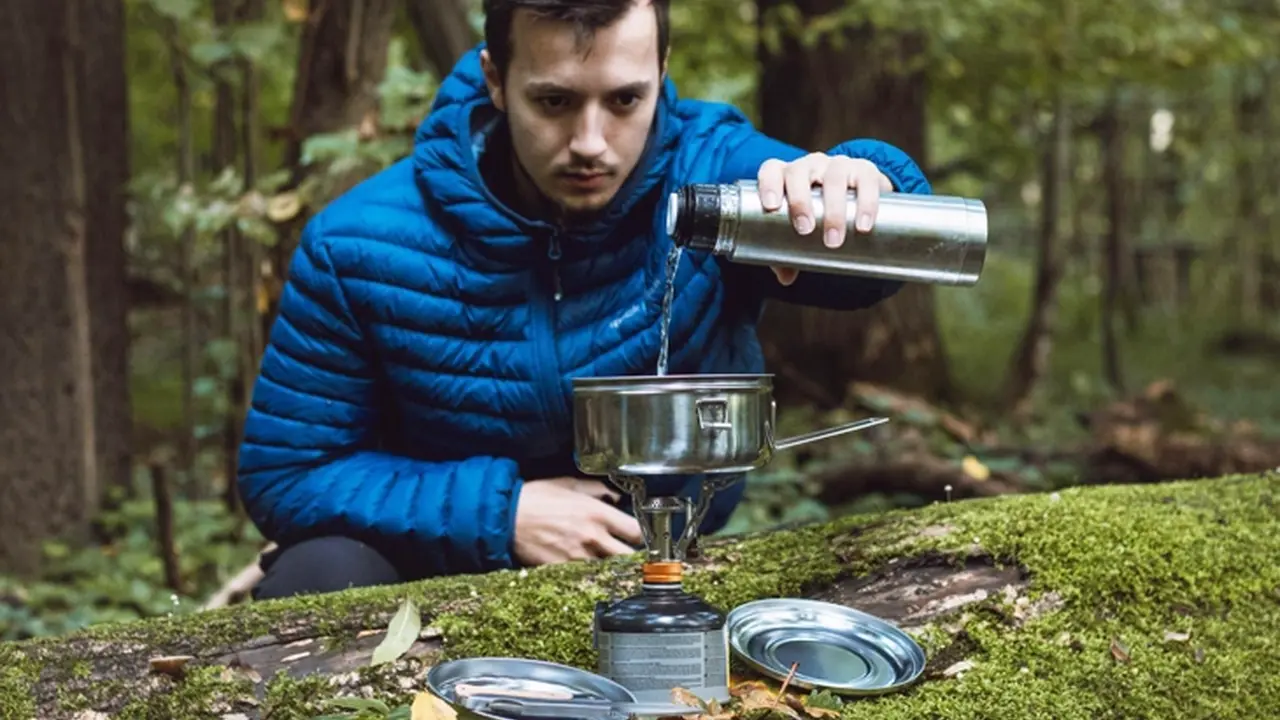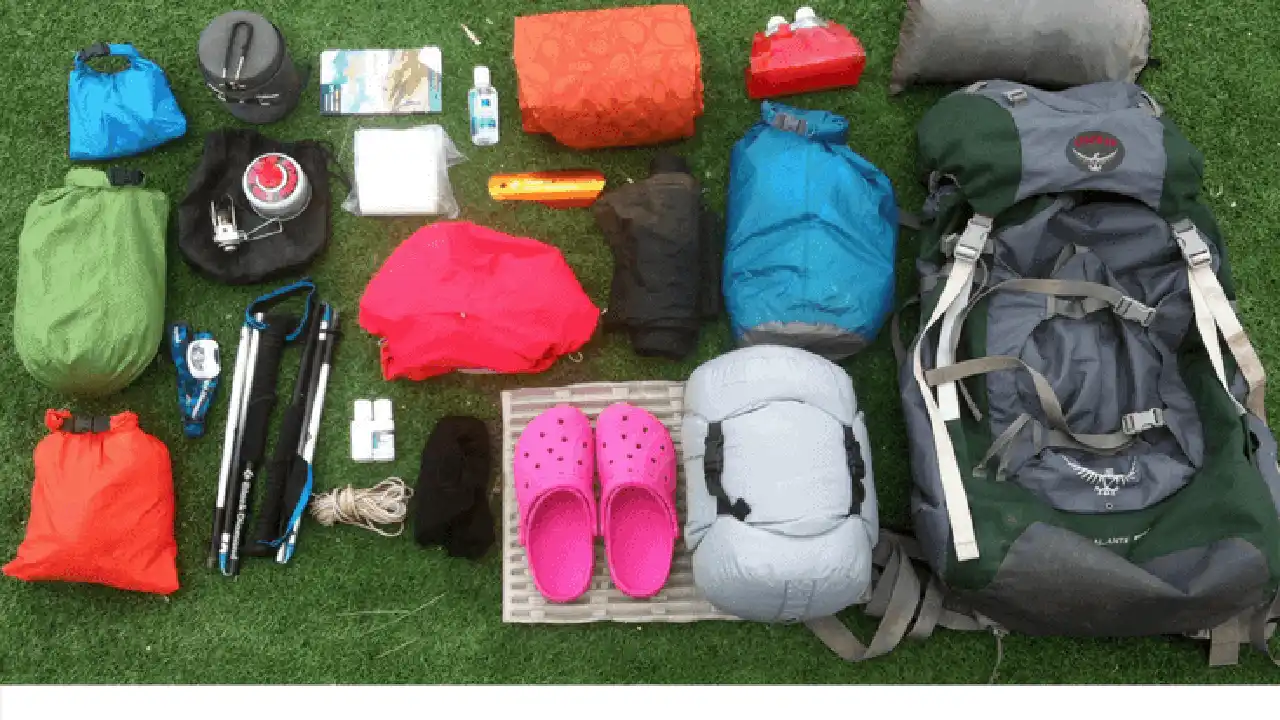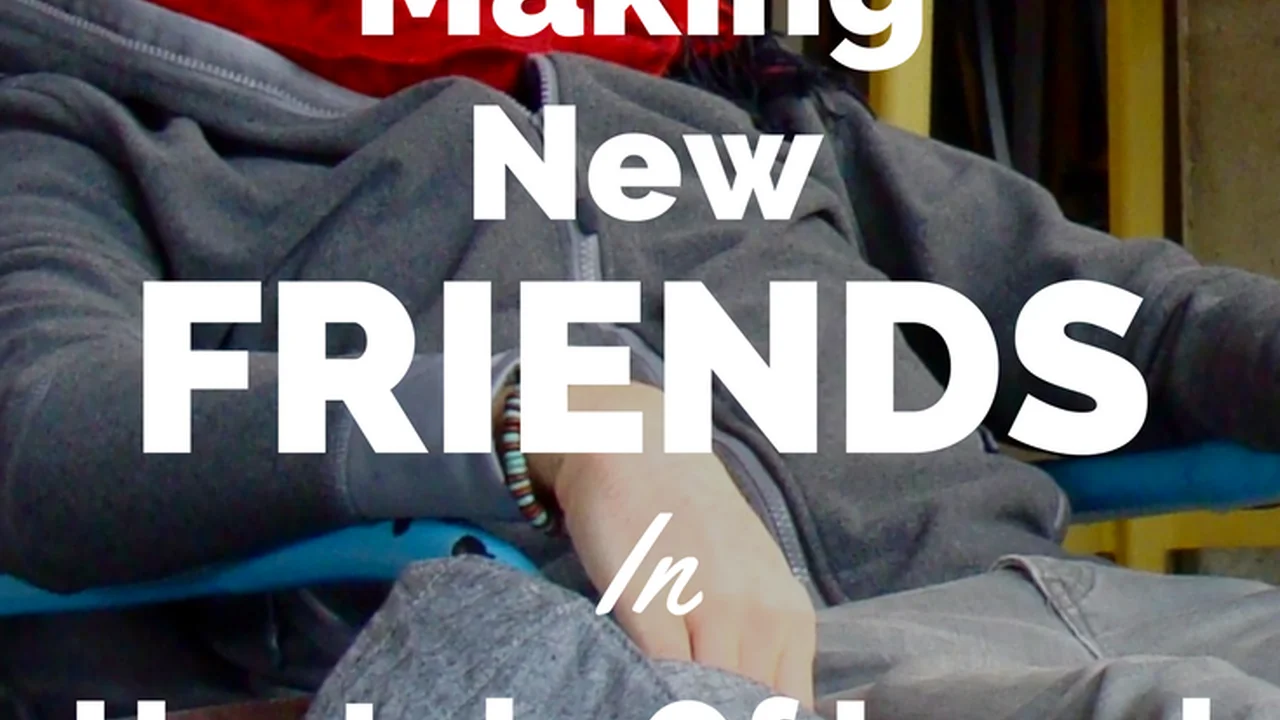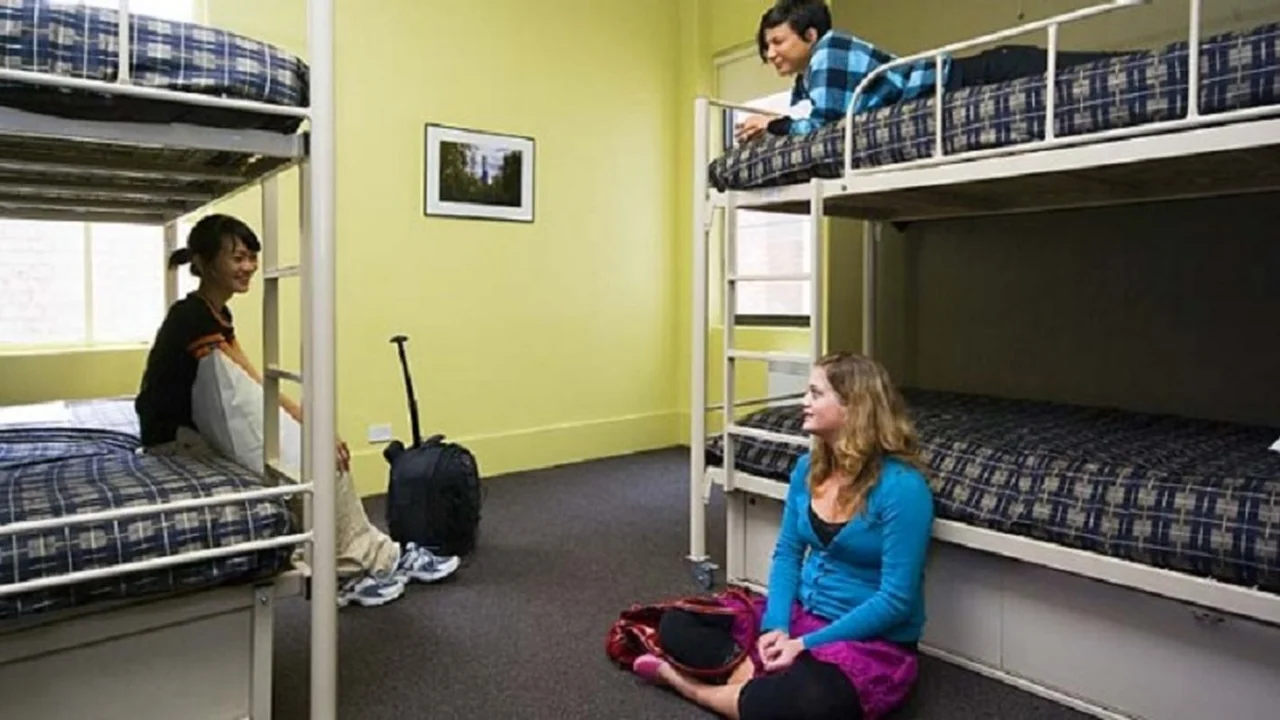Best Sleeping Bags Backpacking_ Comparison
Compare the best sleeping bags for backpacking based on temperature rating, weight, and packability. Find the perfect sleeping bag for your climate and comfort preferences. Ensure a restful night's sleep on your adventure.
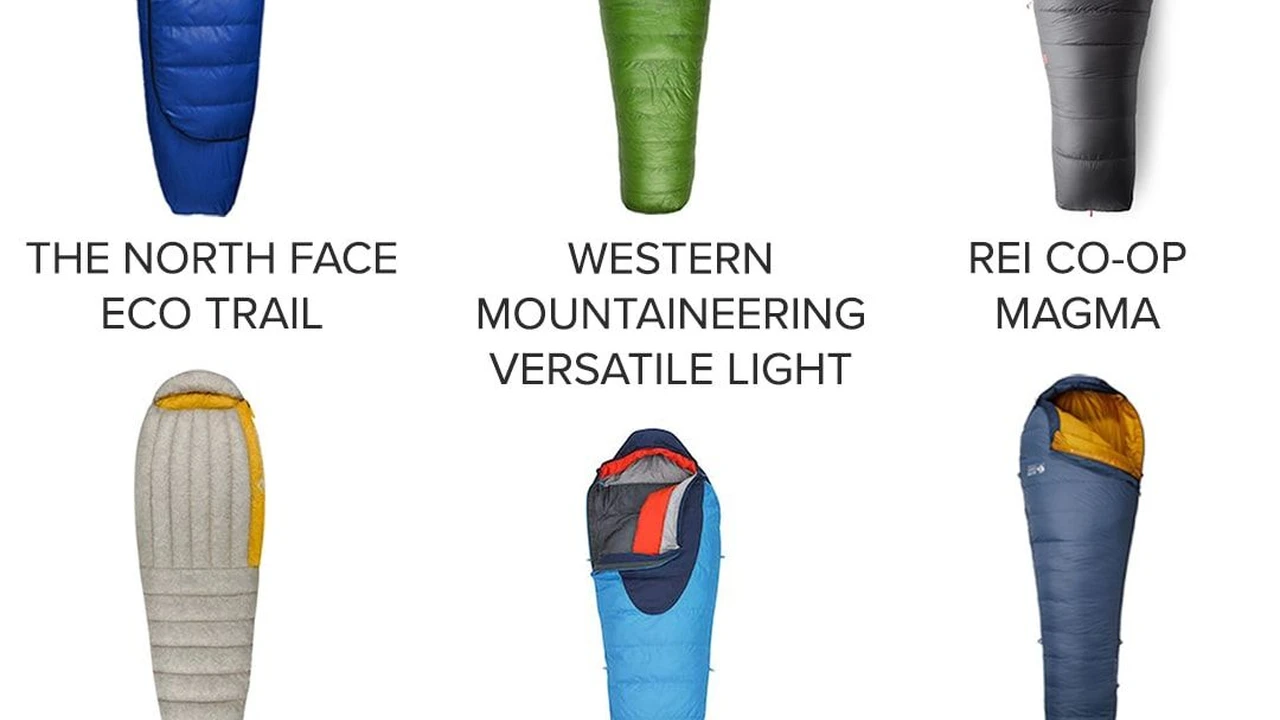
Understanding Sleeping Bag Temperature Ratings for Backpacking Comfort
So, you're planning a backpacking trip? Awesome! One of the most crucial pieces of gear you'll need is a sleeping bag. But with so many options out there, how do you choose the right one? Let's start with temperature ratings. These ratings are designed to tell you the lowest temperature at which the bag will keep an average sleeper warm. It's important to understand that these ratings are *guidelines*, not guarantees. Factors like your metabolism, what you're wearing, and even the ground you're sleeping on can all affect how warm you feel.
There are typically three temperature ratings you'll see: Comfort, Limit, and Extreme. The Comfort rating is the temperature at which a \"standard\" cold sleeper (usually a woman) will feel comfortable. The Limit rating is the temperature at which a \"standard\" warm sleeper (usually a man) will feel comfortable. The Extreme rating is the survival temperature – the temperature at which the bag will prevent hypothermia, but you're unlikely to get any sleep and could be at risk of health problems. Pay closest attention to the Comfort and Limit ratings, and choose a bag that's appropriate for the coldest temperatures you expect to encounter on your trip. Err on the side of caution – it's easier to vent a warm bag than to warm up a cold one!
Sleeping Bag Weight Backpacking: Down vs Synthetic
Weight is a *huge* factor when you're backpacking. Every ounce counts! Sleeping bags come in two main types: down and synthetic. Down is incredibly warm for its weight and is highly compressible, meaning it packs down small. However, down loses its insulation when wet and takes a long time to dry. Synthetic insulation is heavier and bulkier than down, but it retains its warmth even when wet and dries much faster.
If you're backpacking in a dry climate where weight is your top priority, down is a great choice. If you're backpacking in a wet climate, or if you're on a tight budget, synthetic is a more practical option. Think about the typical conditions you'll be facing. Are you expecting rain? River crossings? If so, synthetic might be the better bet, even with the weight penalty. If you're meticulously watching every gram, and confident in your ability to keep your gear dry, down is the king.
Sleeping Bag Packability for Backpacking Adventures
Packability goes hand-in-hand with weight. You want a sleeping bag that packs down as small as possible to save space in your backpack. Down sleeping bags are generally much more compressible than synthetic bags. Look for a sleeping bag that comes with a compression sack. This will allow you to cinch the bag down as small as possible. Some compression sacks even have waterproof coatings, which is a bonus. Consider also the shape of the packed bag. A longer, thinner shape might be easier to pack alongside other gear than a shorter, fatter one.
Down Sleeping Bag Recommendations for Backpacking
Feathered Friends Flicker UL Quilt 20
This quilt is an amazing option for weight-conscious backpackers. It's incredibly light (around 17 ounces!) and packs down tiny. Because it's a quilt, it doesn't have a full zipper or hood, which saves weight. The 850+ fill power down provides excellent warmth. Ideal Use: Backpacking in dry climates where weight is paramount. Pros: Extremely lightweight, highly compressible. Cons: Expensive, not ideal for cold sleepers or wet conditions. Price: Around $450.
REI Co-op Magma 15
A great all-around down sleeping bag. It offers a good balance of warmth, weight, and price. The 850-fill-power down is ethically sourced. It has a full-length zipper and a hood for added warmth. Ideal Use: General backpacking in a variety of conditions. Pros: Good value, comfortable, warm. Cons: Not as lightweight as some premium options. Price: Around $380.
Synthetic Sleeping Bag Recommendations for Backpacking
Therm-a-Rest Questar 20
A solid synthetic sleeping bag that offers good warmth and performance at a reasonable price. The eraLoft insulation is lightweight and compressible for a synthetic bag, and it retains its warmth even when wet. Ideal Use: Backpacking in wet climates or for budget-conscious backpackers. Pros: Affordable, retains warmth when wet. Cons: Heavier and bulkier than down. Price: Around $200.
NEMO Disco 15
This bag is designed for side sleepers, with extra room in the elbows and knees. It uses synthetic insulation and has ThermoGill vents that allow you to regulate your temperature. Ideal Use: Backpackers who prefer to sleep on their side. Pros: Comfortable for side sleepers, good ventilation. Cons: A bit heavier than other synthetic options. Price: Around $250.
Sleeping Bag Shapes: Mummy vs Rectangular vs Quilt
Sleeping bags come in different shapes, each with its own advantages and disadvantages. Mummy bags are tapered from the shoulders to the feet, which maximizes warmth and minimizes weight. They're the most common type for backpacking. Rectangular bags are, well, rectangular. They offer more room to move around but are less efficient at retaining heat and are heavier. Quilts are essentially sleeping bags without a zipper or hood. They're very lightweight and packable but require a bit more skill to use effectively. They work best with a good sleeping pad.
Sleeping Pad Considerations for Backpacking Warmth
Don't forget your sleeping pad! A good sleeping pad is just as important as your sleeping bag for staying warm. The pad provides insulation from the cold ground. Look for a pad with a good R-value (a measure of insulation). The higher the R-value, the warmer the pad will be. In colder conditions, consider layering two pads for extra insulation.
Caring for Your Backpacking Sleeping Bag
Proper care will extend the life of your sleeping bag. Always store your sleeping bag loosely in a large storage sack when you're not using it. This prevents the insulation from being compressed. When you're on the trail, try to air out your sleeping bag every day if possible. Avoid getting it wet, and if it does get wet, dry it as soon as possible. Wash your sleeping bag periodically according to the manufacturer's instructions. Use a down-specific or synthetic-specific detergent, and dry it on low heat with dryer balls to help fluff the insulation.
Choosing the Right Sleeping Bag: A Final Thought
Choosing the right sleeping bag for backpacking is a personal decision. Consider your budget, the climate you'll be backpacking in, your personal sleep preferences, and how much weight you're willing to carry. Do your research, read reviews, and don't be afraid to ask for help from experienced backpackers or outdoor gear retailers. With a little planning, you can find the perfect sleeping bag to keep you warm and comfortable on your next adventure!
:max_bytes(150000):strip_icc()/277019-baked-pork-chops-with-cream-of-mushroom-soup-DDMFS-beauty-4x3-BG-7505-5762b731cf30447d9cbbbbbf387beafa.jpg)



